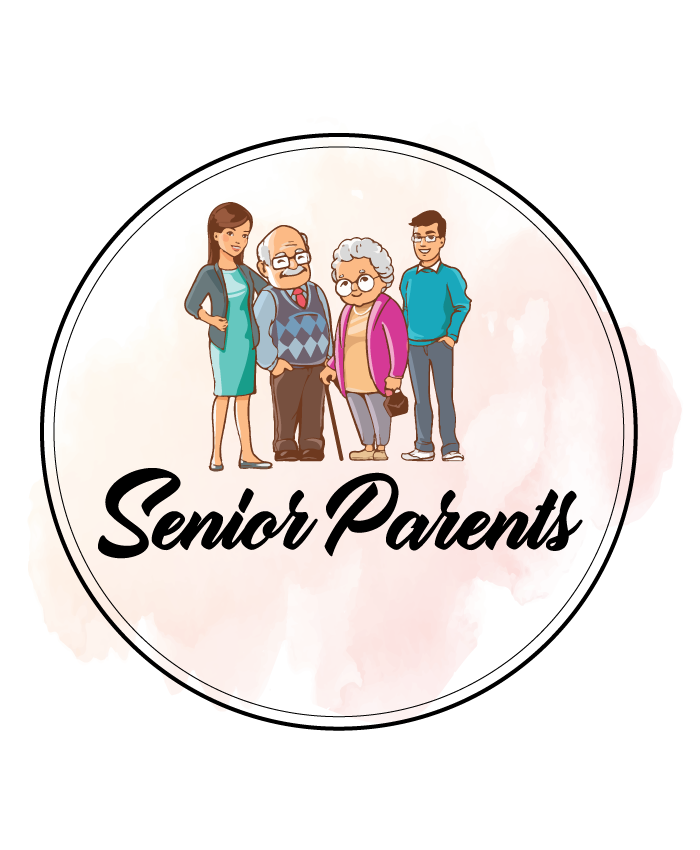When my Dad developed pain in his knees and shoulders, it was time to find a solution. I knew that keeping him active was important!
Contents
Managing Chronic Pain In The Eldery: Treatment And Support Options
Chronic pain in older folks often feels like an unwelcome guest that refuses to leave, right? But figuring out why it’s camped out by understanding some common causes can be a game-changer. As our bodies change with age, some parts just don’t work the way they used to, and that’s okay. Sometimes, it’s these natural age-related shifts that bring on chronic aches.
One of the big players in this saga is arthritis. It’s incredibly common in the elderly, and the stiffness and discomfort it causes can be relentless. Another culprit is neuropathy, where nerve issues start causing trouble, often making life less enjoyable. Not to mention those past injuries or surgeries—you know, the ones you thought you were done with? They can return to take center stage in your pain story.
Our minds play a significant role in this chapter, too. Stress, anxiety, and even depression can amplify physical pain, turning up the volume on those pain signals. But hey, knowing this gives us the power to tackle it from multiple angles. When you’re aware of what’s triggering the pain, you can create a plan to manage it more effectively, integrating both your physical health with your mental wellbeing.
Conventional Treatment Approaches
Tackling chronic pain often means turning to some tried-and-tested methods. Prescription meds are usually a go-to for many folks, helping manage pain levels effectively. From anti-inflammatories to nerve pain medications, there’s a whole arsenal ready to fight for relief. Of course, working with a healthcare provider to figure out what works best for the individual is key.
Physical therapy can be a real game-changer for seniors dealing with chronic pain. With specialized exercises designed to boost strength and flexibility, it can make daily life feel a bit easier. And let’s be honest, who wouldn’t want to move around with a little more ease and confidence? Rehab settings often customize these plans to suit individual needs, which is a huge plus.
When pain becomes unbearable, some may consider surgical options. While surgeries aren’t a decision to take lightly, they can provide significant relief for certain conditions. Knowing when a surgical option is right involves close consultation with healthcare professionals who can guide decision-making based on the risks and benefits.
Weighing the pros and cons of conventional therapies is crucial. Medications and surgeries, though effective for some, come with side effects and recovery times that should be considered. Working alongside medical experts to map out the most suitable path involves understanding what fits best with individual needs and lifestyles. This collaborative approach usually yields the best outcomes, turning plans into positive results.
Integrative and Alternative Therapies
Chronic pain relief isn’t always about popping pills or going under the knife. Tons of folks are exploring integrative and alternative therapies to manage their aches and find a little peace. Acupuncture, for one, is gaining traction. Those tiny needles might seem intimidating, but they’re said to reset energy flows, easing pain without the side effects of meds.
Chiropractic care can also work wonders by aligning the spine and joints, possibly offering relief from persistent pain. Plus, it feels pretty great to have everything back in its place! Then there’s massage therapy, which isn’t just a treat but a therapeutic option with potential relaxation and circulation benefits. It’s like a two-for-one deal—feel-good body work with health perks.
Let’s not forget yoga and tai chi. These gentle movements boost flexibility and balance, super important as we age. They also calm the mind, which helps lower stress levels, another contributor to pain. Plus, they’re social activities that can be fun with a group, providing both physical and emotional perks.
Herbal remedies and supplements often get a nod as well. Some plants and vitamins play a supportive role in pain management. However, taking them wisely is crucial since interactions with medications can occur. Consulting with healthcare providers before diving into the world of supplements ensures safety comes first, while maximizing potential benefits.
Psychological Support and Pain Management
Dealing with chronic pain isn’t just about handling the physical aspects; the mind plays a massive role too. Cognitive-behavioral therapy (CBT) has shown to be incredibly handy for managing pain by helping folks change the way they perceive and react to pain. It’s like giving your brain a new set of tools to work with.
Mindfulness and meditation are another couple of allies in this battle against pain. Focusing on the present moment and letting go of stress can sometimes turn the pain dial down a notch. It’s about breaking the cycle where pain causes stress, which then amplifies the pain.
Addressing emotional facets like depression and anxiety that often tag along with chronic pain is crucial. They’re sneaky little things, making everything feel worse if left unchecked. Getting support for mental health not only helps with these issues but can also make physical pain more bearable.
Joining support groups or seeking out peer counseling can also be beneficial. There’s something truly comforting about sharing experiences with others in the same boat. Exchanging tips, encouragements, and even just listening can create a supportive network, making the weight of chronic pain a little less heavy to bear.
The Role of Diet and Nutrition in Pain Management
Food can be a friend or foe when it comes to managing chronic pain. Anti-inflammatory foods, like leafy greens, berries, and fatty fish, can help keep pain at bay. They’re like tiny soldiers fighting off inflammation in the body, keeping things more manageable.
Staying hydrated is another often overlooked element. Our bodies rely on water to function properly, and when chronic pain is in the picture, this need for hydration becomes even more important. Plus, maintaining a balanced diet is crucial for keeping energy levels up and health in check.
On the flip side, some foods could be making the pain worse. Processed foods, refined sugars, and even some dairy or gluten-rich options might exacerbate discomfort for some people. Keeping an eye on how certain foods affect you can be enlightening and help tailor better eating habits.
Supplements and vitamins can lend a helping hand too. Omega-3s, vitamin D, and turmeric are often mentioned in conversations about natural pain remedies. However, as always, running these by your healthcare provider ensures they complement your overall health plan without any unwanted surprises.
Family and Caregiver Support in Pain Management
Navigating chronic pain can feel like a daunting journey, but with the right support, it becomes a bit more bearable. Effective communication with healthcare providers is essential. This means being clear about what you’re experiencing and understanding the treatment options available. It’s a team effort where everyone, including family members and caregivers, plays a role.
Caregivers often wear many hats, so having access to education and resources can really lighten the load. Understanding the nuances of pain management, from medications to therapies, gives caregivers the tools they need to provide well-rounded support. This knowledge is empowering, turning caregiving into a more rewarding experience.
Emotional support from family is invaluable, giving the individual battling pain a sense of belonging and reassurance. Whether it’s simply being there for a chat, helping with daily activities, or attending appointments together, each gesture builds a foundation of trust and care.
Caregivers, don’t forget about taking care of yourselves too. Self-care is critical to avoid burnout—the better you feel, the better care you can provide. Finding moments to relax, enjoy hobbies, or simply unwind is as important as the care you give.
Conclusion: Living a Fulfilling Life Despite Chronic Pain
Chronic pain might be part of life, but it doesn’t have to define it. Setting realistic goals tailored to what one can do—not what they can’t—helps create a positive focus. Whether it’s small achievements or adapting activities to fit new limitations, each step forward matters.
Including exercise in daily routines, when done safely, can offer huge benefits. Staying active boosts mood, improves mobility, and often makes pain more manageable. It’s all about finding the right balance and paying attention to what feels good.
Finding joy and purpose beyond the pain is crucial for overall well-being. Engaging in hobbies, spending time with loved ones, and seeking new passions can bring a lot of fulfillment. It’s about embracing life, even with its challenges, and discovering new ways to thrive.
Resources for ongoing support and management are plentiful. Connecting with healthcare providers, utilizing community resources, and reaching out to support groups can keep that sense of connection and hope alive. Everyone deserves to live a life filled with moments of joy, peace, and connection, regardless of the challenges they face.




